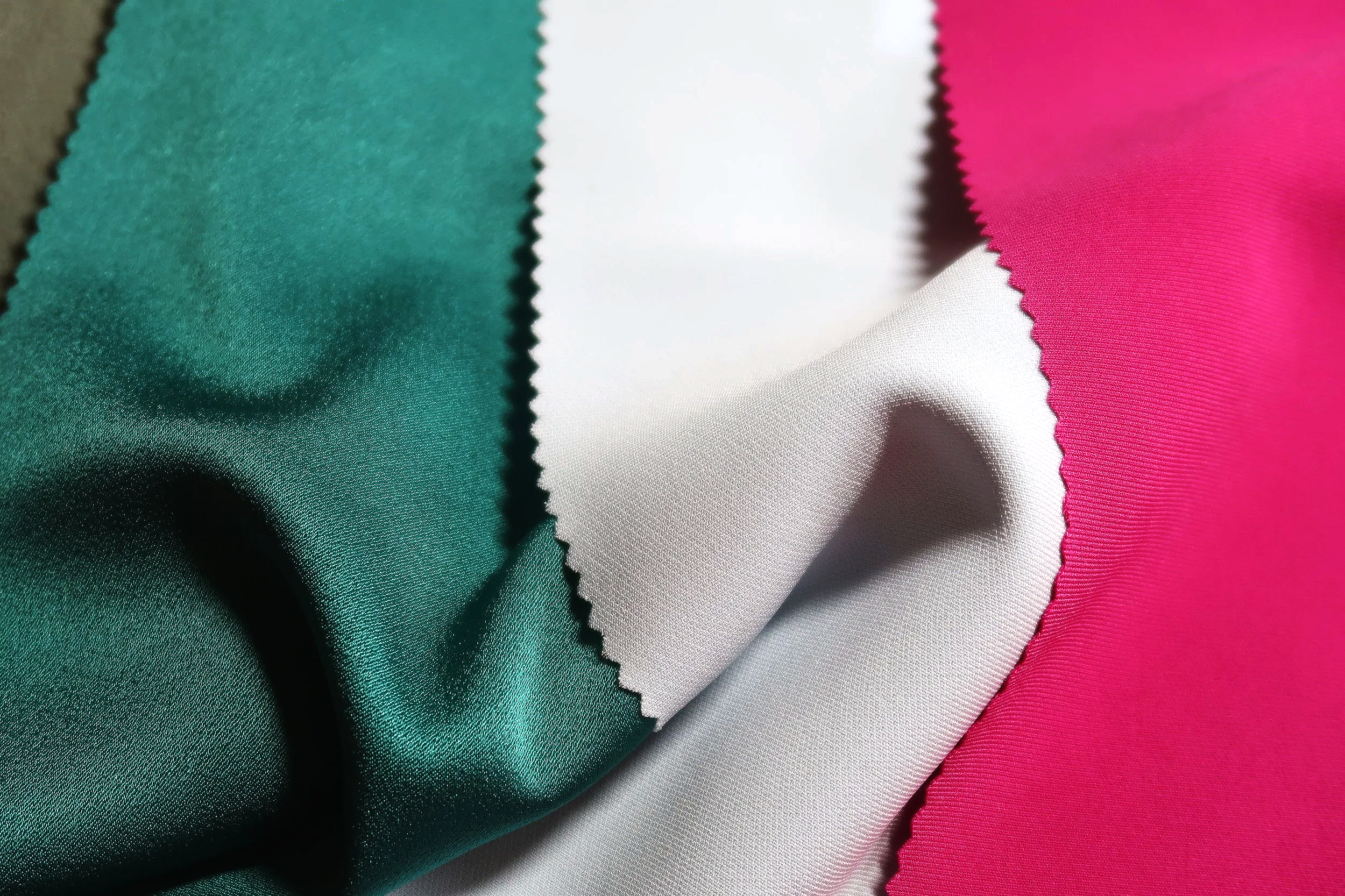The Unique Importance of the Tactile Experience
Textiles are unique among business goods in that it is essential for both buyers and sellers to physically handle the product. Seeing a swatch on a website or even a fabric worn at a fashion show is not enough. Weight, stretch, recovery, and surface tell the truth only in hand. A meeting at a showroom, a packet of hangers, or a quick drape test across the arm will move a decision faster than mountains of data, images and videos. Touch closes gaps that measurements and imagery can’t fully bridge.
That is why fabric knowledge and personal taste matter. To represent a material, you must like it enough to stand behind it. You need to understand its utility: where it performs, where it fails, and how it ages. Enjoy its handfeel; it signals construction and finish. Taste ties those signals to use cases and price points.
For designers and fabric researchers, the work is to map each cloth to a purpose. Imagine the garment, the season, and the care routine. Check how it sews, how it hangs on a form, and how it photographs.
When it comes to fabric texture, the eye can only tell half the story
For manufacturers, the task is similar. Choose partners who read the market. A trading company adds value by curating ranges, validating claims, and moving fabric fast when a line hits. We help align taste with performance and margin: selecting what to carry, when to show it, and to whom to show it. When people like a fabric and can see and feel its use, it sells.


